Wildlife photographer Sam Purdie is capturing our lesser-known natives on camera. He hopes that by photographing them, it will raise the awareness of these special and often endangered species.
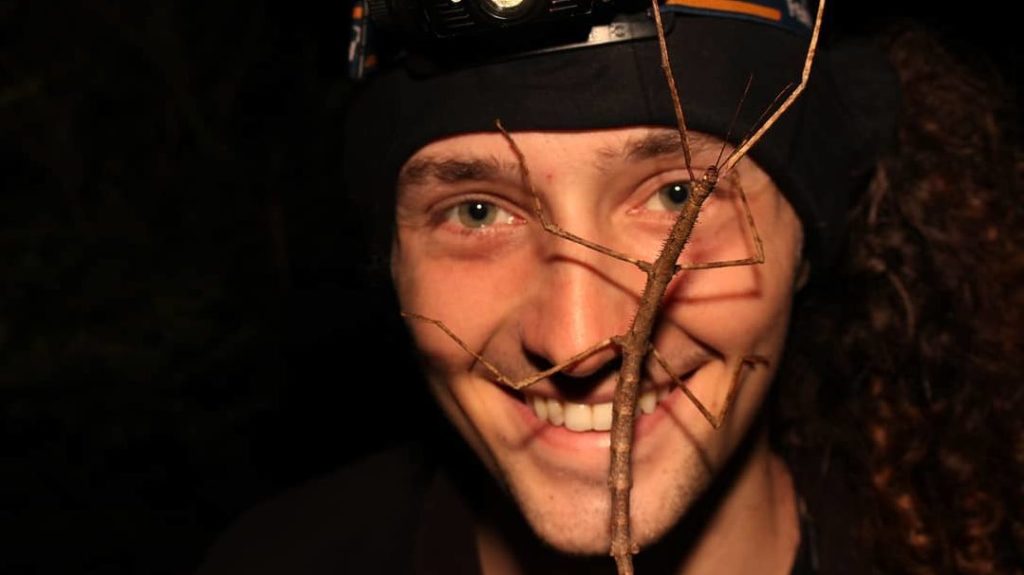
Sam is a self-described ‘animal man’ who has studied zoology and is passionate about all of our native fauna – great and small. We’re speaking with Sam today.
Firstly Sam, what sparked your passion for animals and conservation?
I don’t recall having a eureka moment, but I have always been extremely interested in wildlife! In kindergarten, I would read about dinosaurs, mammals, reptiles, invertebrates and the like! Naturally, I’d go looking for all of these things too! Yes, that includes dinosaurs (we would dig up their “eggs” in the sandpit). That invariably led me to pursue this deep-seated passion.
You have photographed a lot of our native insects. What do you say to people that struggle to love our native creepy crawlies?
Be brave, have a look at them up close! Sometimes minute details like colour, patterns, or shapes are what can change people’s opinions about something! Read about these creatures too! Understanding the ecology and behavior of an animal can result in someone being hugely interested and more appreciative of it!
Sam, you work as an environmental educator at Dunedin’s Orokonui Ecosanctuary, why do you think it’s important for New Zealanders to learn about our native species?
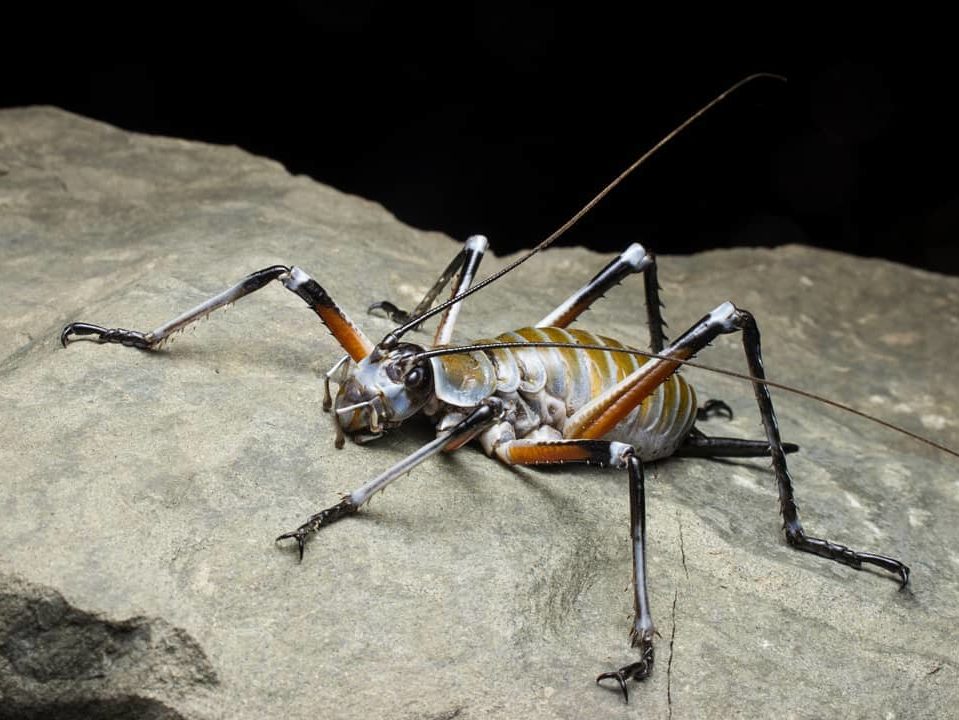
It is difficult to protect what people do not care about. Many people do not realise we have well over 100 species of lizard, over 2000 species of lepidoptera*, or over 2000 species of spider.
If more New Zealanders became aware of how special our wildlife is (we don’t just have fuzzy brown and green flightless birds running around at night), people would certainly care more. Accordingly, many of our environmental issues would be much easier to tackle (more people power, better funding etc.).
*lepidoptera is an order of insects that includes butterflies and moths.
Last year, you won the Otago Wildlife Photography Competition entering the winning photo of a beautiful Tautuku gecko. Some of our lizard species can be quite difficult to find. How do you photograph a secretive species?
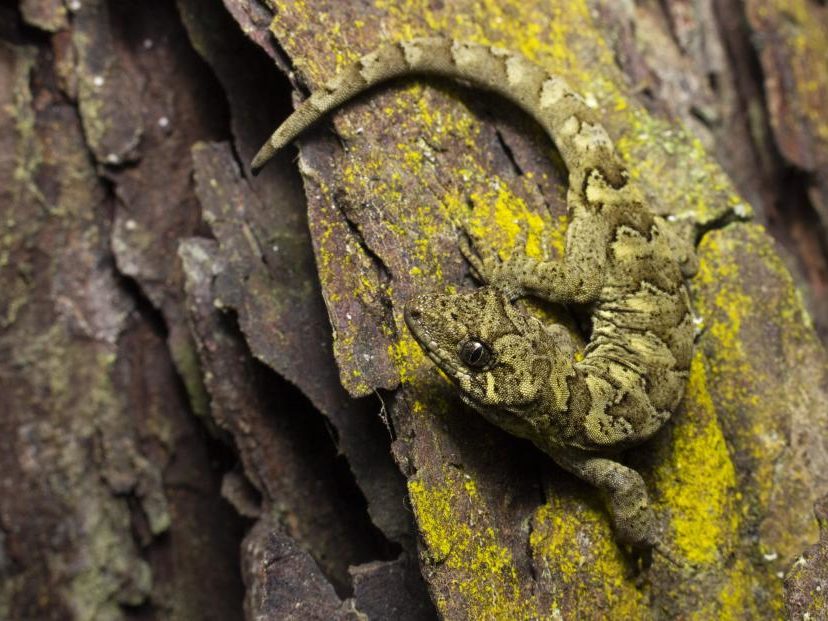
Many of the lizards I have photographed have required traveling to remote parts of New Zealand, hours upon hours of searching and countless late nights. So, the first step is getting to somewhere lizards MIGHT be and searching hard! For me, the most important way to photograph a lizard is getting up close and encapsulating its natural essence.
Sometimes this means using a long lens to photograph a lizard from a distance, but most of the time it means getting right up close! I’m fortunate enough to work with a variety of native lizards, so I have been able to get up close with a range of species.
Can you describe a stand-out moment you’ve had observing one of our native species?
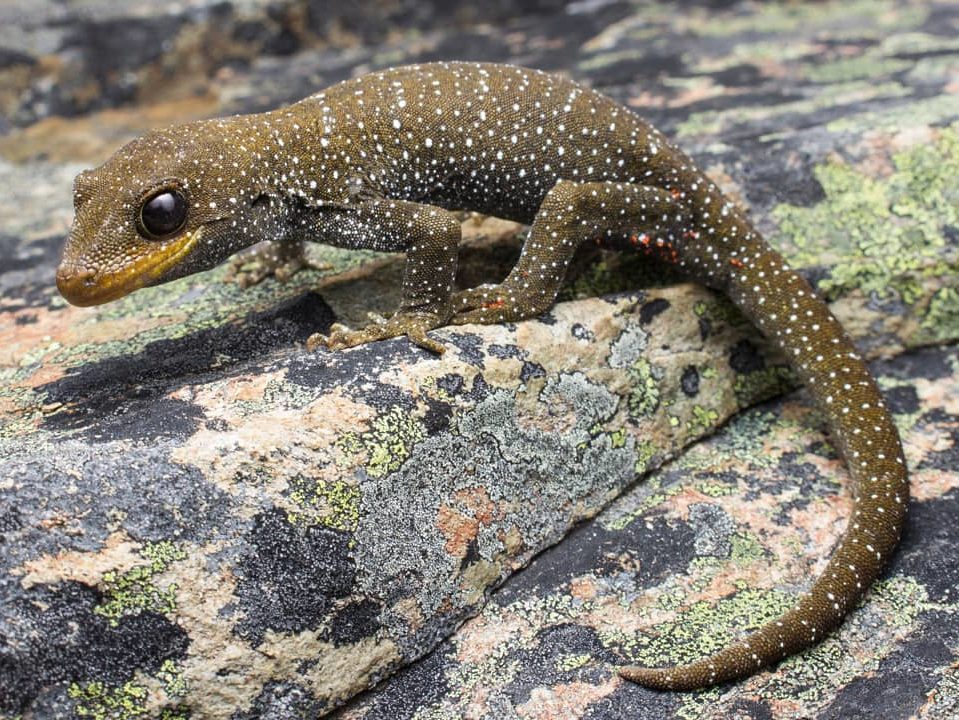
Last year I was searching for geckos in the mountains of North Otago, with a fellow herpetologist I greatly admire, Carey Knox. It was almost midnight, the wind speed was high, and it was about 9°C; not ideal conditions for finding lizards. As I was moving through the boulder field, I saw a tail slip down a crack and disappear. I couldn’t believe what I saw. I was shaking with excitement and immediately screamed out to Carey “BLACK-EYED GECKO”. Carey looked skeptical, and even I began to question myself.
At the time, this species was only known from an area less than one hectare in size, on a single mountain range. However, after we quickly lifted some stones and dug into the boulder field, there it was. We had discovered a new population of the recently renamed; hura te ao gecko (Mokopirirakau galaxias). It was extremely exciting for me to finally see this magnificent, seemingly cosmic species. It was also exciting for conservation, as we were over 40 km away from their only known location, in a different mountain range, and in a completely different habitat. This meant they were probably more widespread than thought, and their conservation status would invariably improve!
Are there any rare native animals that you’d like to observe and/or photograph one day?
The list is endless! I’ll name five for simplicity’s sake. These are in no specific order and there are plenty of other species I’d love to see just as much! I’ve added a very brief description of why I love these species so much. I could easily write an essay for each one.
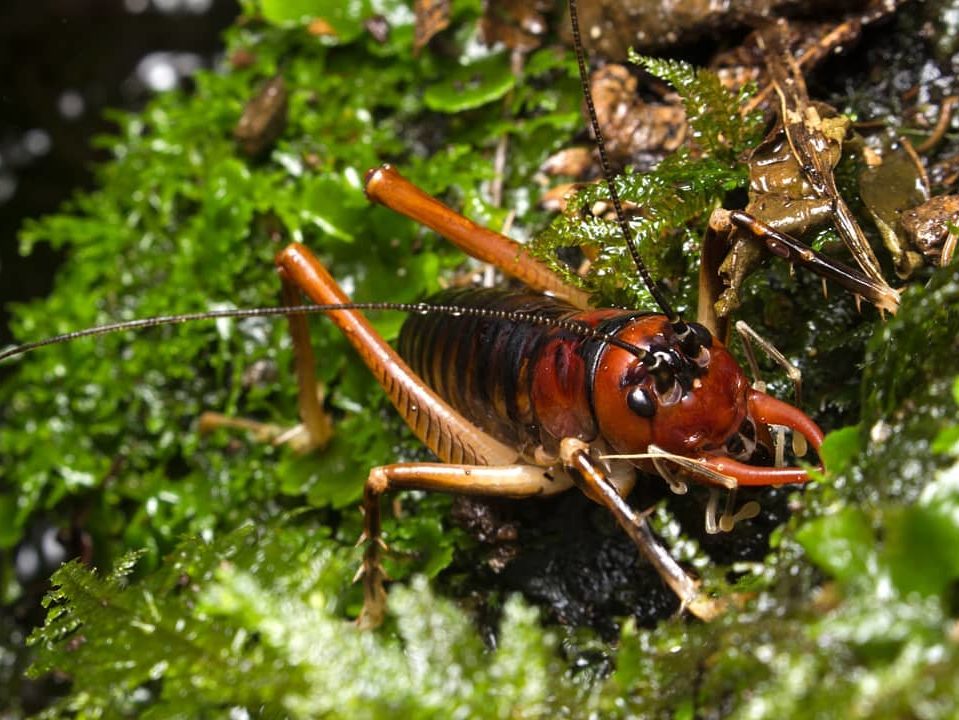
Mercury Island tusked wētā (Motuweta isolata): One of the greatest insect conservation success stories, enormous size, and males bear impressive tusks for fighting rivals.
Sinbad skink (Oligosoma pikitanga): Only known from a single remote valley lives in harsh, alpine cliffs and vegetation shelves, gorgeous coloration.
Chevron skink (Oligosoma homalonotum): New Zealand’s longest skink, beautiful patterning, semi-arboreal, can be very elusive.
Robust skink (Oligosoma alani): New Zealand’s largest skink, beautiful coloration, only known from a handful of offshore islands, nocturnal.
Striped skink (Oligosoma striatum): Beautiful dorsolateral stripes, extremely elusive, highly arboreal, and known to live in epiphytes tens of meters up trees.
What are some things that everyday New Zealanders can do to protect our native species?
Own an indoor cat, or don’t have a cat at all! Countless studies have demonstrated that cats are a major threat to our wildlife. Wouldn’t you rather have native lizards, kiwi, tuatara, and giant wētā scurrying around your garden?
Put some traps out. Rodents, mustelids, and possums all have to go if we want native wildlife thriving. The traps should be humane and ideally, target multiple species.
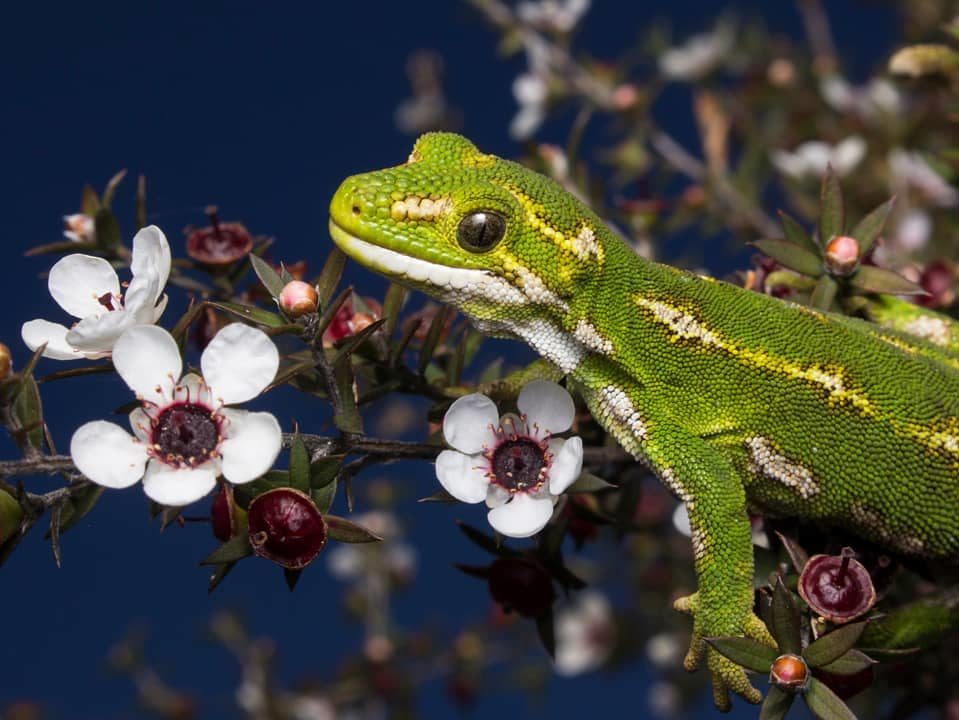
Create a lizard- or invertebrate-friendly garden! Lizards and invertebrates love logs, stones, and lots of complex vegetation, which provide safety from predators, and food. You can still have an aesthetic garden! You could also consider planting natives in a small section of your garden that is exposed to a lot of light but isn’t too dry.
Finally, adjust your diet! The meat and dairy industries are major contributors to the destruction of ecosystems and climate change. This happens across the world and New Zealand is no exception! Many of our forests, wetlands, and waterways have been completely destroyed for livestock. Consider reducing the amount of meat and dairy you consume!
You can’t do everything, but consider trying at least one or two of these things to do your part!
Thank you so much for taking the time to speak with us, Sam.
You can find Sam on Instagram @samanimalman

